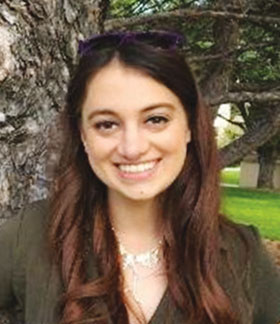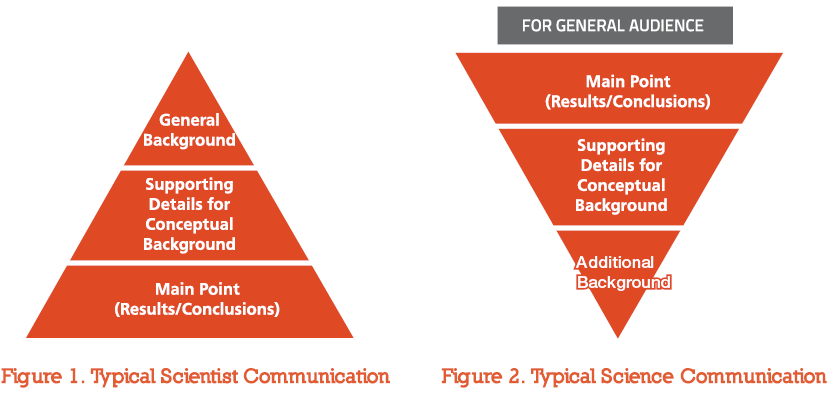Let's Talk Science
Spring
2018
Pathways - Advice from Experienced Voices
Let's Talk Science
Zoey Rosen, MS Public Communication and Technology student, Colorado State University
 When I would walk into my SPS student chapter meetings as an undergrad, the first question I would address the room with was, “Are you Navier-Stoked to be here?” In my circle of atmospheric scientists and those interested in fluid dynamics, this pun on the Navier-Stokes equation slayed. However, when I repeated this line when I began teaching professional and technical writing, the humor did not affect the room like I expected. This was an issue of jargon—my students from across different scientific majors did not understand my reference and had their own sets of terminology. Even though I was teaching scientists, my audience had changed and I would need to adapt my communication style in order to be the most effective instructor I could be.
When I would walk into my SPS student chapter meetings as an undergrad, the first question I would address the room with was, “Are you Navier-Stoked to be here?” In my circle of atmospheric scientists and those interested in fluid dynamics, this pun on the Navier-Stokes equation slayed. However, when I repeated this line when I began teaching professional and technical writing, the humor did not affect the room like I expected. This was an issue of jargon—my students from across different scientific majors did not understand my reference and had their own sets of terminology. Even though I was teaching scientists, my audience had changed and I would need to adapt my communication style in order to be the most effective instructor I could be.
At Colorado State, I am studying science communication at the theoretical level. You probably have put some thought into science communication at a practical level. You know, for example, that better lab reports are those that are concise and easy to understand. Our understanding of difficult subjects like quantum mechanics and thermodynamics can depend entirely on the readability of our textbooks and how well our professors communicate. However, I’m studying the theory of science communication. One aspect of communication theory to take into account when you share your research is audience.
Audience is arguably the single most important consideration when communicating science. There is often a disconnect between scientists and the public when it comes to communication. Scientists typically communicate research by beginning with a general background and supporting details, and coming to a focus with narrowed results and conclusions.
In contrast, science communicators often communicate using an “inverted pyramid” structure. This means they begin with their conclusion, then follow up with supporting details. Typically, the public wants to “get to the point” as soon as possible.
As you can see, these approaches are essentially complete opposites. It’s important to remember that each approach is effective in the right place, but they are not universally effective. If you know your audience is going to be more general than simply those in your field, then you may want to consider using the inverted pyramid approach when discussing your work. Adjusting how you share is as important as the findings themselves—what good can your research do if no one understands its implications?
Becoming a better communicator and steward for your scientific work takes practice. If you are nervous about how your work comes across, take an interdisciplinary approach and talk with your college to see about forming communication groups across departments to practice sharing your work with audiences outside of your respective field. Open a dialogue about what you did well and where you could have been more clear, and return the favor to others who may want to do the same! Effective science communication is becoming more crucial in the physical sciences and deserves your time and effort. //

